
Bizarre Things That Only Exist In Russia
If we said “There’s some weird stuff in Russia,” you would say, “Well, duh, I’ve seen that picture of shirtless Putin on a horse.” But you probably had no idea exactly how weird some of the things in Russia are. In fact some of the things in Russia are so weird that they don’t exist anywhere else in the world, mostly because most of the rest of the world can’t even fathom things like a swim race with adult inflatable dolls or a museum whose mission is to teach the public the importance of washing up. Although if you spend enough time in American public restrooms, you might actually start to wonder if a washing-up museum might not be a terrible idea.
The next time you visit Russia, don’t just stick with the Red Square and the Kremlin because those places might be must-see but your friends are still going to yawn when they see the photos on Facebook. Make sure you also experience some of these other only-in-Russia events and attractions because the things on this list will make your friends go, “Holy crap, what?” And that’s a lot more fun for everyone.
A vodka museum because of course there's a vodka museum
The Russians either invented vodka or stole it from Poland and then lied about how they invented it, and when you’re that intimately tied to a product you’re kind of obligated to build a museum in its honor. Yes, in St. Petersburg there is a museum dedicated to Vladimir Putin. Also, there’s a museum of vodka.
Now, it’s worth noting that Poland also has a museum of vodka, on account of the whole them-thinking-they-invented-it thing. But it’s also fair to say that Poland’s museum isn’t really comparable to the one in Russia. According to Atlas Obscura, Russia’s vodka museum will tell you the complete story of Russia’s national drink, from its origins to its place in modern culture. The museum is stocked with vodka bottles, glasses, and stoppers in all shapes and sizes — there are bottles shaped like people, bottles shaped like guns, and stoppers that look like animals, mythical creatures, and human heads. So it’s not just a long boring tale of fermented potatoes and government regulations. (In the 19th century, the government was the only legal distiller in Russia.)
And at the end of the tour, there’s vodka tasting, and a gift shop where you can buy more vodka and a restaurant where you can eat borscht and buy more vodka. For a former communist nation, Russia does seem to know a thing or two about capitalism.
A monument to … umm … a medical procedure
Medical history is full of glorious breakthroughs. So yeah, let’s build some monuments to medical history. How about one for vaccines, and one for antibiotics. How about insulin, anesthetics, or X-rays? But not enemas. Just please.
Yes, Russia has a monument to enemas. According to Reuters, in June 2008 a health spa in Inozemtsevo, Russia, unveiled this fabulously freakish work of art, which features three adorable cherubs teaming up to carry one of those plastic bulb squeezy things on their backs. Evidently, the design was inspired by the 15th-century Renaissance painting “Venus and Mars” by Sandro Botticelli, which depicts cherubs stealing a weapon from the god of war. We’re sure Botticelli would have nodded his approval.
At the unveiling, one of the doctors at the health spa/hospital said, “We administer enemas nearly every day … so I thought, why not use our sense of humor and give it a monument.” Wait, Russians have a sense of humor?
The monument is made from bronze, is around 5 feet tall, and weighs 770 pounds. The whole weird thing makes a bizarre kind of sense — Inozemtsevo is in a region known for its mineral springs and spas, so if there really needs to be a monument to enemas, that’s probably the place.
Baby-making gets its own holiday
American employers pretend to be mostly okay with their employees taking time off for childbirth and childcare, but really it’s just so no one can accuse them of being callous, profit-driven corporate jerks. But in Russia, propagation is patriotic, so not only are employees entitled to state-funded parental leave, but there’s an actual regional holiday in Ulyanovsk, Russia, where everyone gets time off so they can make babies.
It’s not just a day off, either — it’s a competition with prizes. According to the Independent, the Day of Conception is September 12, and anyone who gives birth nine months later, on June 12, is eligible for money, cars, refrigerators, and other prizes in celebration of the day they had a romp in the rain without a … fun-sized raincoat.
So why would the state want to get involved in citizens’ procreation? After the fall of the Soviet Union, Russia experienced a population decline. In fact the first Day of Conception was established because the country was officially one of the most sparsely-populated nations in the world. Evidently officials figured they couldn’t count on a bare-chested, horse-riding Putin to get couples in the mood as well as a free refrigerator would.
Race with an inflatable partner
Even in the summer, the lakes and rivers in Russia are pretty cold. The Ob River near Novosibirsk is just 63 degrees Fahrenheit in August, which doesn’t sound too terrible until you jump into it and realize that you’d rather be dead than be in the Ob River right now.
Still, the Russians have a swimming challenge in the Ob River in August, and you’re thinking, “That’s not really that weird since there are lots of cold water swimming challenges in other countries, too.” But there aren’t any cold water swimming challenges like this one.
According to Oddity Central, this particular challenge is called the “Bubble Baba Challenge,” which translated means the “Bubble Woman Challenge.” And no, that’s not because it’s only open to women, it’s because participants must swim 100 meters using a floatation device that’s — ahem — an adult blow-up doll. And that’s more challenging than you might think — besides the part where you’re laughing so hard you’ll probably choke on the Ob River, these dolls aren’t exactly designed to be maneuverable on the water, which makes for seriously entertaining viewing for all.
The first five swimmers across the finish line get a prize, which is hopefully cash and a lot of it so they can buy back their dignity.
A museum that celebrates hand-washing and polite sneezing
Our parents usually teach us everything we need to know about hygiene, from learning that poop in your pants is unsanitary to those life lessons about washing your hands after using the bathroom and sneezing onto your arm instead of the face of whoever you’re talking to.
In Russia, though, they built a museum of hygiene, just in case your parents didn’t do their job very well. According to Saint-Petersburg.com, in 1877 someone got the bright idea to create an exhibition on health and hygiene, which was evidently such a hit that 40 years later someone turned the idea into a museum. There are infectious disease displays, displays teaching the ignorant public about bad habits, displays about the horrors of STDs, and an actual taxidermied Pavlov’s dog, which has to do with hygiene because…?
Anyway, if you already wash your hands after using the bathroom and you always sneeze into your arm instead of the face of the person you’re talking to, you could probably respectfully give this one a pass. On the other hand, we all get pretty much the same childhood lessons but it seems like half the U.S. population still doesn’t wash their hands, so maybe what we actually need is a hygiene museum in every state in America.
The most polluted spot in the entire world, and it's not Chernobyl
Chernobyl was once the most terrifying place on Earth; today it’s a tourist trap and the subject of an HBO miniseries. But Chernobyl isn’t the only place you can go in Russia if you want to experience the joys of nuclear contamination firsthand. There’s also Lake Karachay, which is eerily beautiful but only because it’s full of radioactive waste.
According to Atlas Obscura, the Russians dumped nuclear waste into Lake Karachay from 1951 to 1953. Today the Worldwatch Institute in Washington D.C. says Lake Karachay is the most polluted spot on Earth — it covers a much smaller area than the Chernobyl disaster and yet the level of radioactivity in both places is pretty much equal. If you tried to swim in Lake Karachay you’d receive a lethal dose of radiation after roughly one hour.
Lake Karachay has been a lethal nuisance for years — in 1968 a drought dried up parts of the lake, which released radiation in the form of windblown dust and ended up irradiating about a half million people. Officials tried to mitigate the problem by filling the lake with hollow concrete blocks “to keep sediment from shifting” but come on, guys. It sounds like a Chernobyl-style sarcophagus (except one that actually works) might be a much better idea.
A monument to childhood delinquency
Parents mostly don’t read Grimm’s Fairy Tales to their kids anymore because Grimm’s Fairy Tales are freaking terrifying and modern parents occasionally want their kids to be sleeping in their own beds, not curled up in the master bedroom for fear of being eaten by some crazy old woman living in a candy house.
But Grimm’s Fairy Tales are evidently not scary enough for the Russians, nope, and it seems like cherubs carrying around an enema squeezy isn’t quite scary enough either. Someone in Russia had to go one step beyond that with a monument that honors little kids getting seduced by the dark side of adult behavior.
According to Atlas Obscura, “Children are the victims of adult vices” is a super scary and bizarre collection of 13 sculptures that appear to be descending upon two innocent little kid sculptures who are playing with a ball. The 13 statues represent such worldly evils as drug addiction, pseudoscience, poverty, ignorance, etc. There’s also a statue of a man with closed eyes, plugged ears and folded arms, who symbolizes the bad, bad person that let all the bad, bad things get to the two innocent children.
So anyway, after giving your poor terrified children a good long look at this collection of horrors, you can probably rule out the next Day of Conception because you’ll never get them out of your bed again.
And you thought herding cats was difficult
Cats are notorious for only doing things on their own terms. That’s why cat-based entertainment is not usually a thing, unless you count the cat cafes that have been popping up in big cities all over the West. But at a cat cafe, you can mostly just expect the cats to sit on your laptop keyboard and drop cat hair in your latte because those are the only two things that cats do consistently.
Somehow, though, there are people in Moscow who have not only figured out how to train cats, but have put together an entire cat theater. Yes, you read that right — not a “big cat theater,” an actual cat theater, like the same kind of cat that scratches up your sofa and changes its mind about what kind of wet cat food it likes every time you buy in bulk.
According to Moscovery, the Yuri Kuklachev Cat Theatre is one of the only shows of its kind in the whole world (for obvious reasons). The theater employs 200 cats of 38 different breeds, and there are a total of 20 different productions. The feline performers might jump through hoops, skateboard, walk upright, or refuse to sit on the performer’s lap unless it’s totally inconvenient (just kidding about that last one). Anyway, Cat Theatre does not sound like something a reasonable person ought to miss. Just don’t get any bright ideas about teaching your cat tricks because you’re probably gonna be disappointed.
Tree juice
One day many centuries ago, some Russian dudes were sitting around a campfire and one of them was all, “Have some orange juice” and the other one was like, “Real men don’t drink orange juice!” And the first one went, “What do real men drink, then?” And then the second one had to come up with something super-manly so he just decided to drink the juice from a freaking tree.
That never happened. At least, no one has ever claimed it did, but it seems kind of unfathomable that it would ever occur to anyone that they should drink the juice of a tree, excepting of course maple syrup but that’s really more like the blood of a tree and putting it on pancakes doesn’t really count as drinking it.
Anyway, according to Russiapedia, beryozovy sok or “birch juice” is the sap of the birch tree, which is sweet like maple syrup but more watery. It was once used for pagan rituals but today it is harvested and sold as an everyday drink. You don’t have to travel all the way to Russia to get birch juice — it’s trendy in some other places around the world, but Russians will tell you that the bottled, pasteurized stuff isn’t quite on par with the stuff you can get straight out of the tree.
“Military Disneyland”
In the United States, some parts of Europe, and even Japan, for the small price of roughly one months’ salary (if you camp out in the back of your van and eat only peanut butter from a jar for five days), you can take your kids to a magical fantasy land full of princesses, pirates, and several different versions of Yoda. Disneyland is that ultimate childhood destination, where kids can come as close to real magic as it’s possible to get.
Russian kids can have a similarly magical experience at Patriot Park. Except wait a second, there are no princesses or pirates or Yoda at this freakishly disturbing “Military Disneyland” because who needs magic when you can blast all that magic into bits with a T-14 Armata. At Patriot Park, your kids will get to see real Russian tanks and also play with grenade launchers, which is a skill every parent hopes their child will one day possess.
According to Vice, Patriot Park is basically just Vladimir Putin’s very expensive early-indoctrination program for Russian schoolchildren. Get them fascinated by weapons of war at a young age, and they’ll grow up to be mostly okay with blowing stuff up in the name of Russian military glory. It’s genius, really. And cheaper than Disneyland, too — you can buy a ticket for roughly one-twentieth the price of a one-day ticket to the magic kingdom. Hooray for Russian military glory.
Lenin's dead body
Most of the world’s mummies are anonymous bog people, Inca maidens, ice men, or less anonymous ancient Egyptians. And they’re typically in various states of decomposition — they might have hair or intact skin or fingernails, but it’s still pretty obvious that they’re, well, dead. Russia, though, has a really unusual mummy, and you’ve probably even heard his name.
After Russian revolutionary and leader of the Soviet Union Vladimir Lenin’s death in 1924 the Russians were all, “What should we do with him?” Because, you know, for some reason it didn’t occur to anyone that he should maybe be buried. So instead they embalmed him and put him on display in a mausoleum. And what’s really remarkable is that the dude still looks pretty life-like (waxy, but life-like), almost as if he’s sleeping and in any moment he’s going to wake up and go, “Welp, let’s get back to this business of running the Soviet Union and … WHAAAAAT?”
Anyway, according to Mental Floss, it costs Russia roughly $200,000 a year to keep Lenin looking fresh. It’s such a huge enterprise that there’s a biomedical lab in Moscow that’s dedicated to coming up with cutting-edge preservation techniques just for Lenin. He has to be re-embalmed every two years and sometimes they have to do things like swap out his eyelashes. And you can see the end result of all this for yourself — he’s on display four days a week.
A dead Buddhist monk who walks around at night
When you think “Russia” you don’t usually think “Buddhism.” But after you’re done visiting the beautifully preserved corpse of Vladimir Lenin, you can visit the somewhat less beautifully preserved corpse of Lama Dashi-Dorzho Itigilov, a Buddhist monk who died in 1927.
According to the New York Times, shortly before his death, Itigilov instructed his followers to dig him up in 30 years — which they dutifully did (though it might have been more like 28 years because they evidently just could not stand the suspense). Itigilov died in the lotus position and was buried that way, and when they exhumed him they discovered that his body was in a remarkable state of preservation. But by then the Soviets were in power, so they had to bury him again.
When they finally exhumed him a second time, 75 years after his death, he was still remarkably well-preserved, (the salt they packed into his coffin for the second burial might have had something to do with that). Anyway it was called a “miracle” and eventually the corpse ended up behind glass in the Ivolgin Buddhist Monastery near Ulsan-Ude.
But that’s not the end of the story — some people think Itigilov isn’t really dead, just in a very deep meditative state. And to prove it, they’ve got security photos they say show him wandering around the monastery late at night. For some reason, the monks don’t seem to think that’s as terrifying as we do.
215 thoughts on “Bizarre Things That Only Exist In Russia”
Leave a Reply
You must be logged in to post a comment.

The Bob Marley Conspiracy Theory That Would Prove He Was Murdered By The CIA
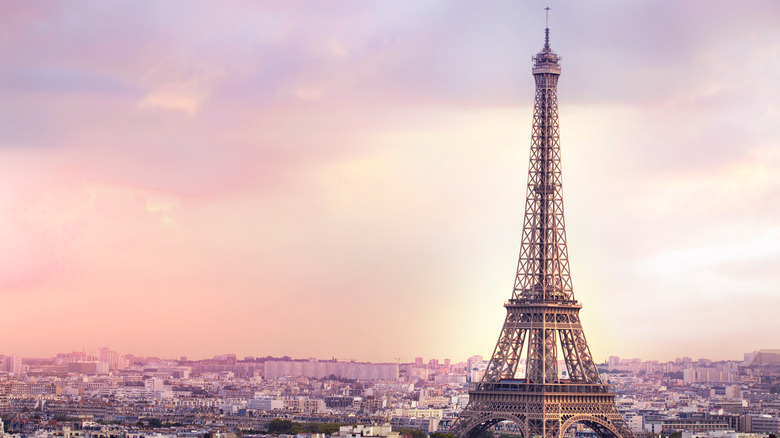
How The Eiffel Tower Slightly Grows During The Summer
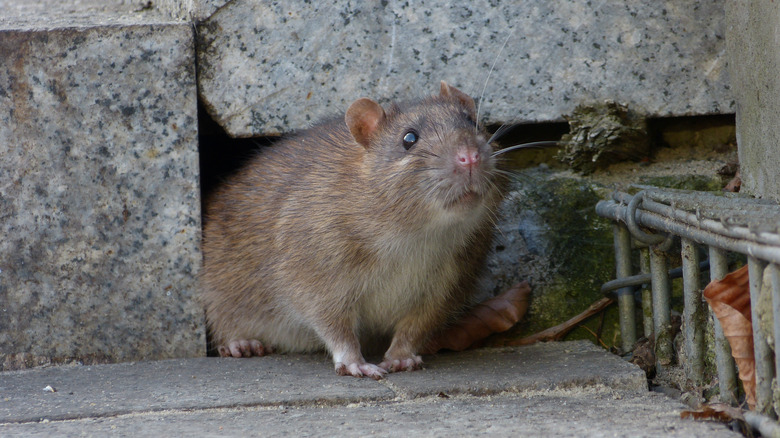
The Messed Up Truth Of Rats In New York City

Creepy Things You'd Find In Ancient Egypt

The Truth About Apple's Never-Released Sneakers
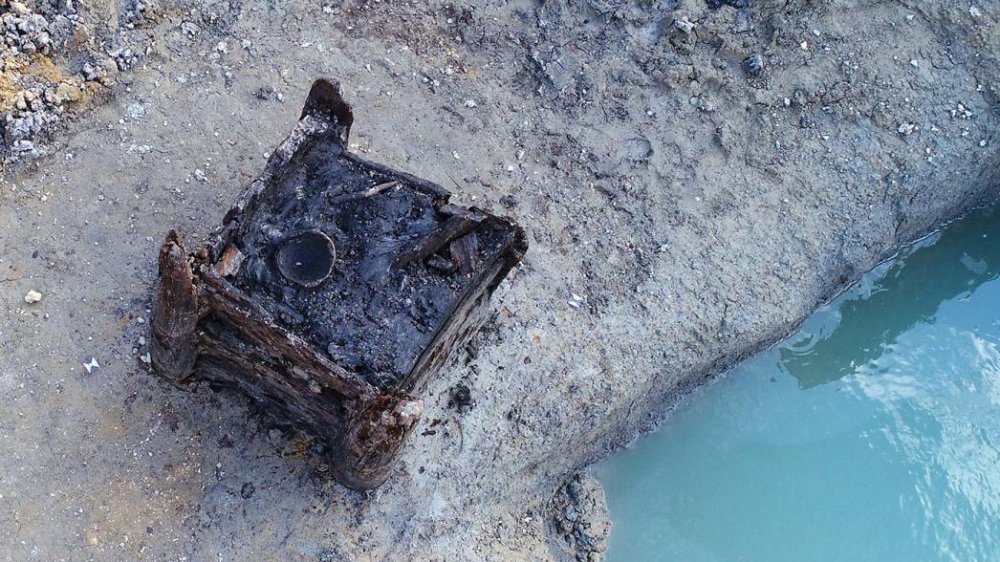
Archaeologists Discover World's Oldest Wooden Structure

The Real Reason Wombats Have Cube-Shaped Poop

Scientists Achieve Direct Brain-To-Brain Human Communication For First Time
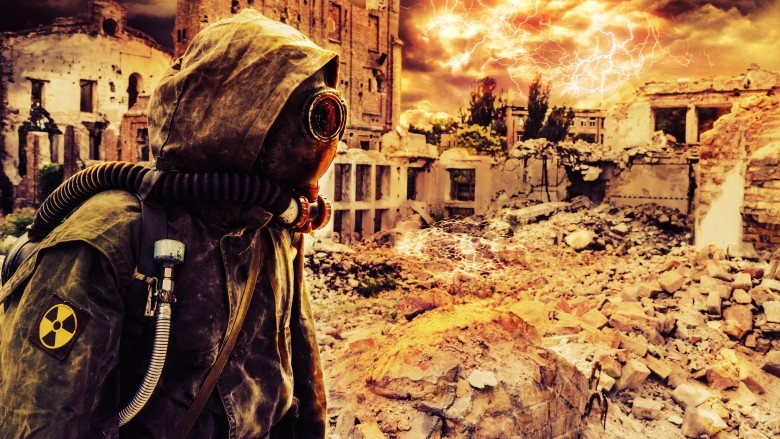
Crazy Ways People Are Prepping For The End Times
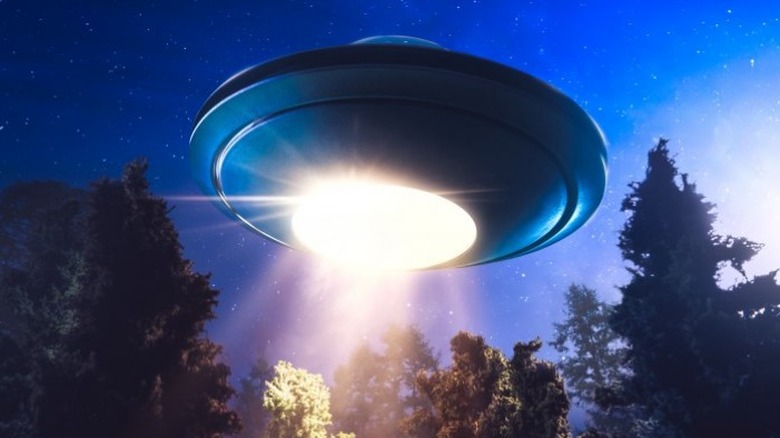
Most Bizarre Alien Abduction Stories Of All Time
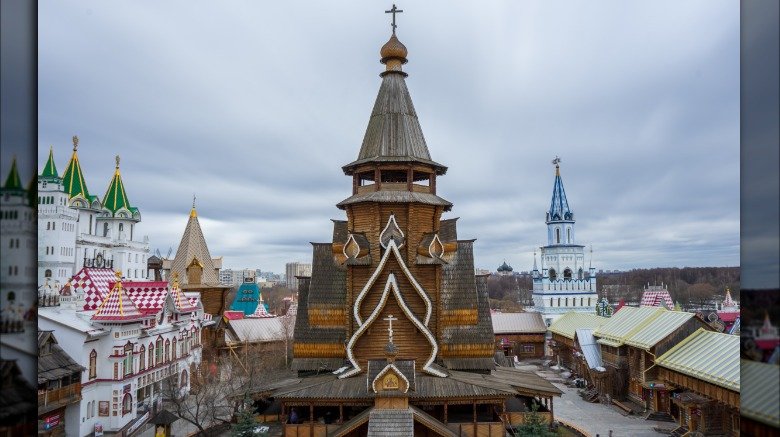


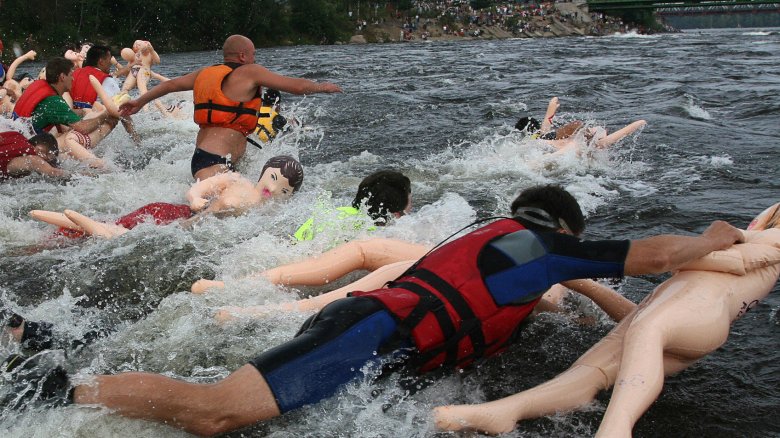


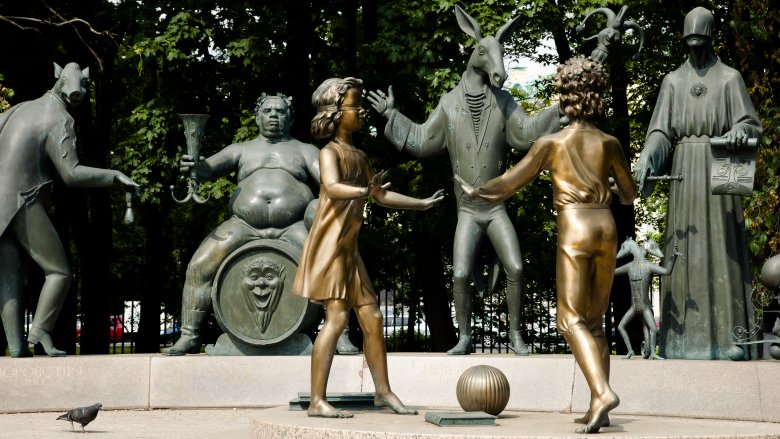
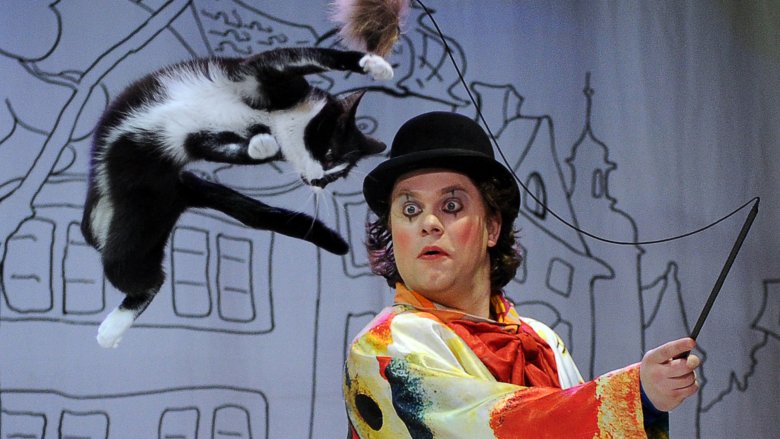
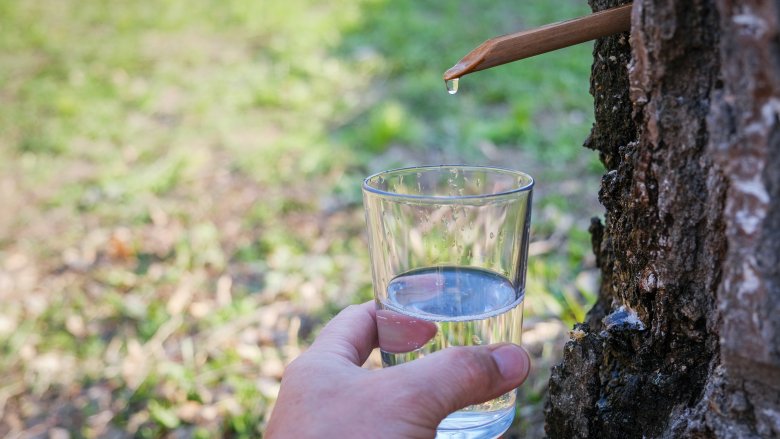
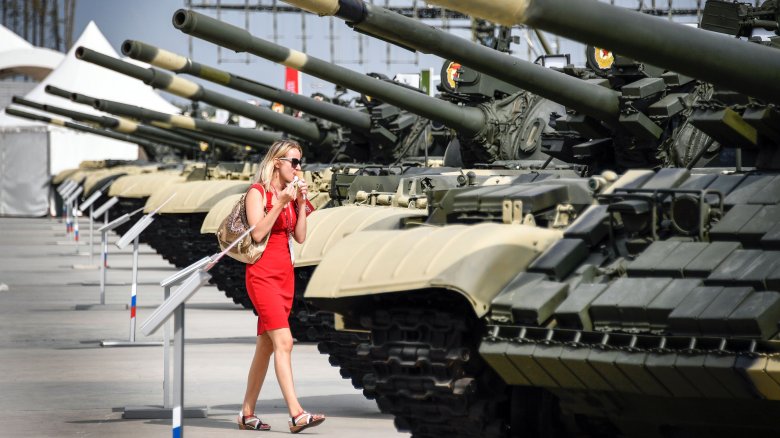
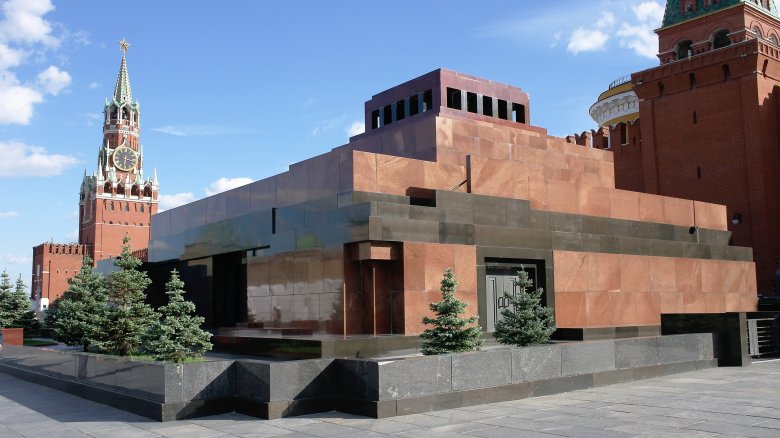
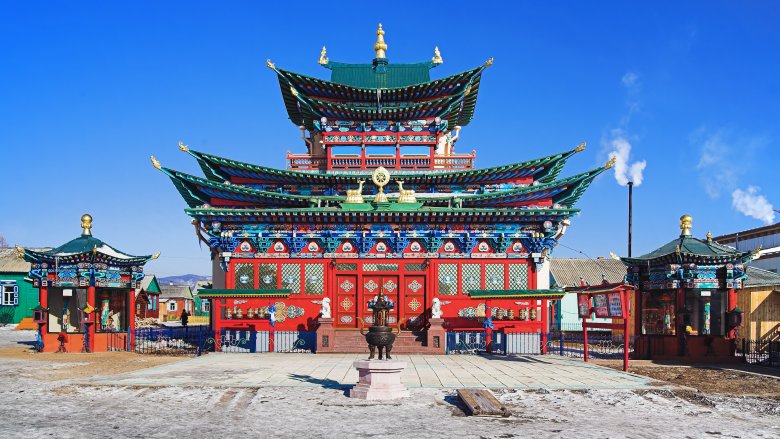

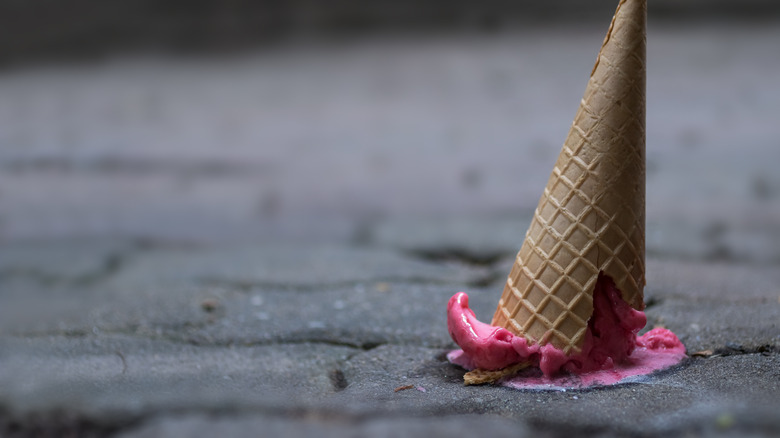
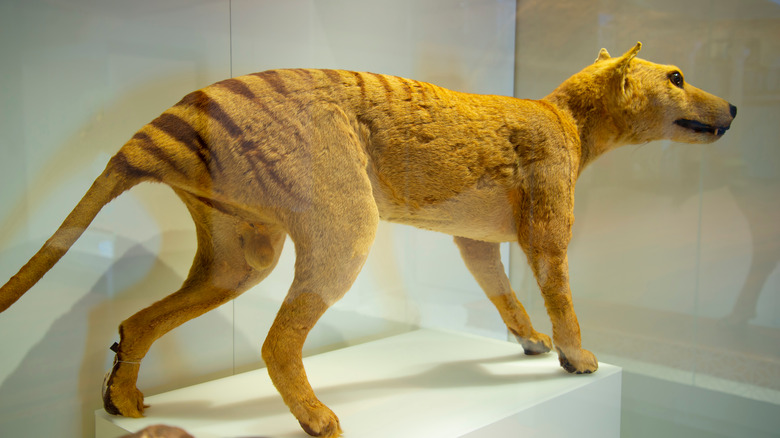




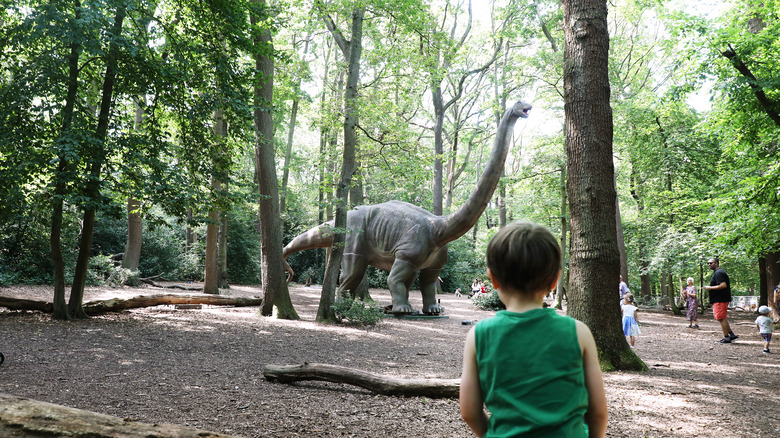

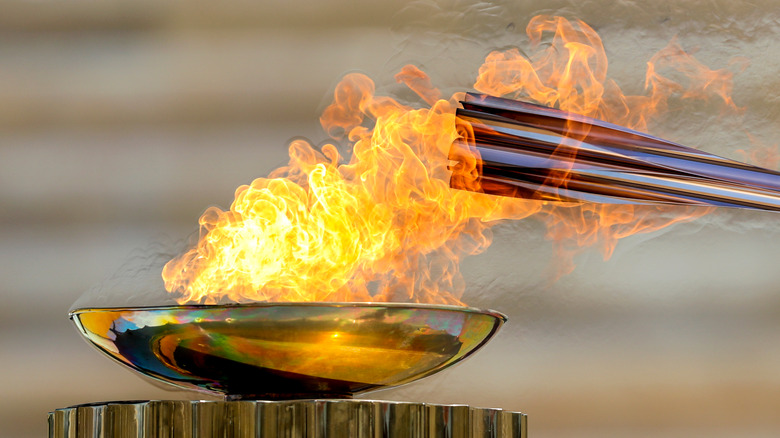







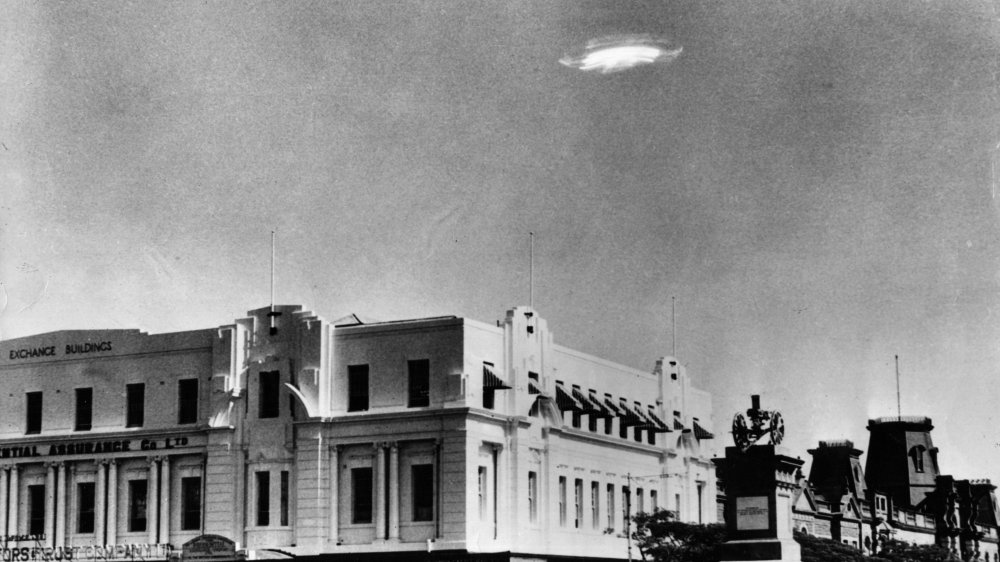

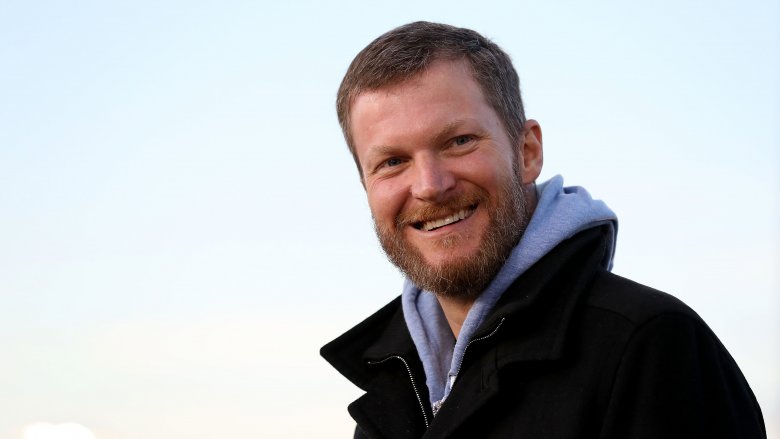



What’s up to all, the contents present at this web site are in fact awesome for people experience, well, keep up the nice work fellows.
It’s a shame you don’t have a donate button! I’d certainly donate to this brilliant blog! I suppose for now i’ll settle for book-marking and adding your RSS feed to my Google account. I look forward to fresh updates and will talk about this site with my Facebook group. Chat soon!
My brother suggested I might like this website. He was totally right. This post actually made my day. You cann’t imagine just how much time I had spent for this information! Thanks!